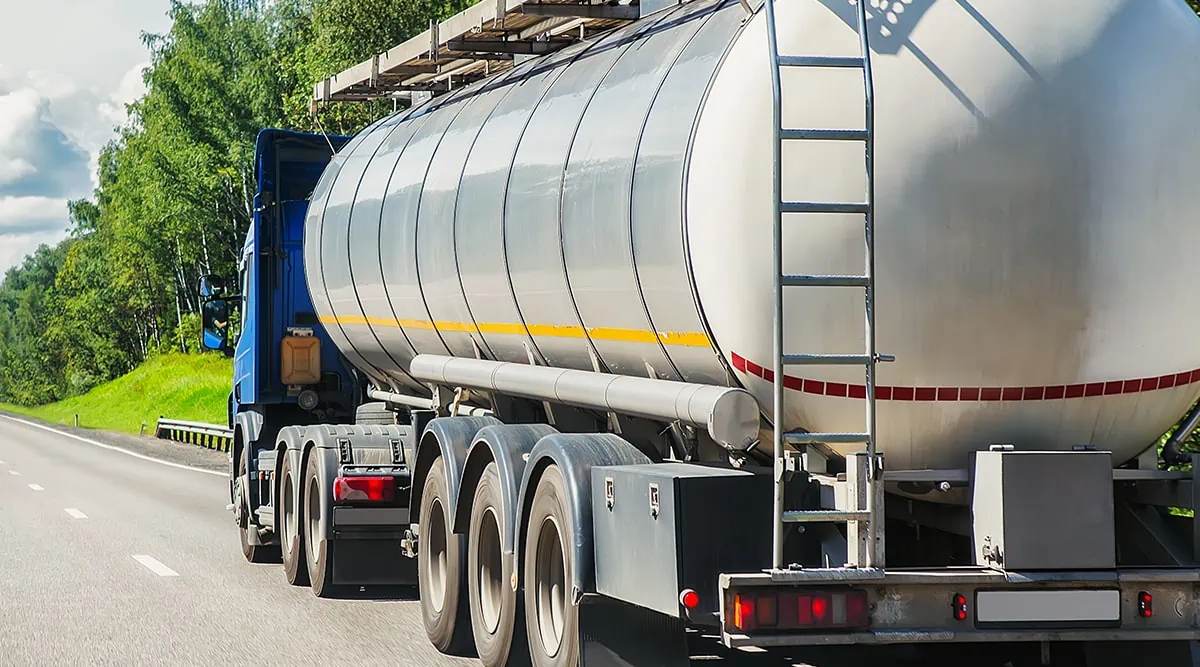The Best Strategy To Use For Reclaim Waste
Table of ContentsFacts About Reclaim Waste RevealedThe Facts About Reclaim Waste RevealedSome Of Reclaim WasteSome Of Reclaim WasteNot known Details About Reclaim Waste
Discover the types, occurrences, and kinds of fluid waste. Domestic sewage waste refers to the waste and items from a residential sewage-disposal tank. This kind of waste is produced by humans in homes, schools, and various other buildings. This only consists of septic systems that have a drainpipe field. The proper management and disposal of residential sewage waste require liquid waste to be transferred to a sewage therapy plant where the correct techniques and equipment are put on purify and take care of waste.
Business waste frequently includes potential risks, such as combustible products or a combination of fluid and solid waste items, and calls for a much more sophisticated and detailed disposal procedure. The disposal of industrial waste typically involves the filtering of waste prior to transportation to guarantee safe and proper disposal. Hazardous waste is produced from by-products and runoff of industrial processes and manufacturing.
This kind of waste can not utilize the same sewage administration transport or procedures as septic or business liquids. The hazardous waste administration procedure calls for the assessment and screening of fluid waste before it undergoes the disposal process (liquid waste disposal melbourne). Runoff waste is the liquid waste that comes from overflow and excess stormwater in very populated locations or cities
Overflow waste can cause contamination and flooding otherwise managed appropriately. Find out more regarding drain cleaning and waste management. Guaranteeing correct waste monitoring can prevent catastrophes and minimize environmental injury. Both individuals in domestic settings and professionals in industrial or manufacturing sectors can gain from understanding the processes and regulations of liquid waste administration.
Reclaim Waste - The Facts
Call PROS Solutions today to learn about our waste administration and disposal solutions and the appropriate ways to look after the liquid waste you produce.
(https://blogfreely.net/reclaimwaste1/yc311a58b1)This so-called 'wastewater' is not only an essential resource however, after treatment, will be launched to our land, waterways or the sea. Utilized water from toilets, showers, bathrooms, kitchen area sinks, washings and industrial processes is understood as wastewater.

water made use of to cool down equipment or tidy plant and devices). Stormwater, a kind of wastewater, is overflow that streams from agricultural and metropolitan areas such as roofings, parks, gardens, roads, courses and gutters into stormwater drains pipes, after rainfall. Stormwater moves without treatment straight to neighborhood creeks or rivers, at some point getting to the ocean.
Not known Facts About Reclaim Waste
In Queensland, the majority of wastewater is dealt with at sewage treatment plants. Wastewater is moved from residential or commercial websites via a system of sewage systems and pump terminals, recognized as sewerage reticulation, to a sewer treatment plant.
The Department of Natural Resources advises city governments concerning handling, operating and keeping sewage systems and treatment plants. In unsewered locations, local governments might call for householders to install individual or family sewer therapy systems to treat residential wastewater from toilets, kitchen areas, shower rooms and washings. The Department of Natural Resources authorises using family systems when they are shown to be effective.
In some new communities, treatment of some stormwater to remove clutter, sand and gravel has begun making use of gross contaminant catches. Wastewater treatment happens in 4 stages: Gets rid of strong matter.
Wastewater then moves into large containers where solids clear up and are eliminated as sludge. Oil and scum are skimmed from the surface. Makes use of tiny living organisms called micro-organisms to damage down and get rid of continuing to be dissolved wastes and fine particles. Micro-organisms and wastes are incorporated in the sludge. Eliminates nitrogen and phosphorus nutrients that could trigger algal blossoms in our waterways and intimidate marine life.
About Reclaim Waste
Nutrient removal is not readily available at all sewer treatment plants since it requires expensive specialized devices. Clear liquid effluent generated after therapy may still consist of disease-causing micro-organisms - industrial wastewater treatment.

This typically means wastewater has actually to be dealt with or impurities gotten rid of before it can be discharged to waterways. Most wastewater moves right into the sewerage system. Under the Act, city governments administer authorizations and permits for environmentally appropriate tasks (ERAs) involving wastewater releases that might have a neighborhood influence. The division administers approvals and permits to ERAs including wastewater releases that could have a local or statewide influence.
Everything about Reclaim Waste
Tracking gives factual information about water quality and can verify that permit problems are being met. The information obtained through surveillance offers the basis for making water high quality decisions.